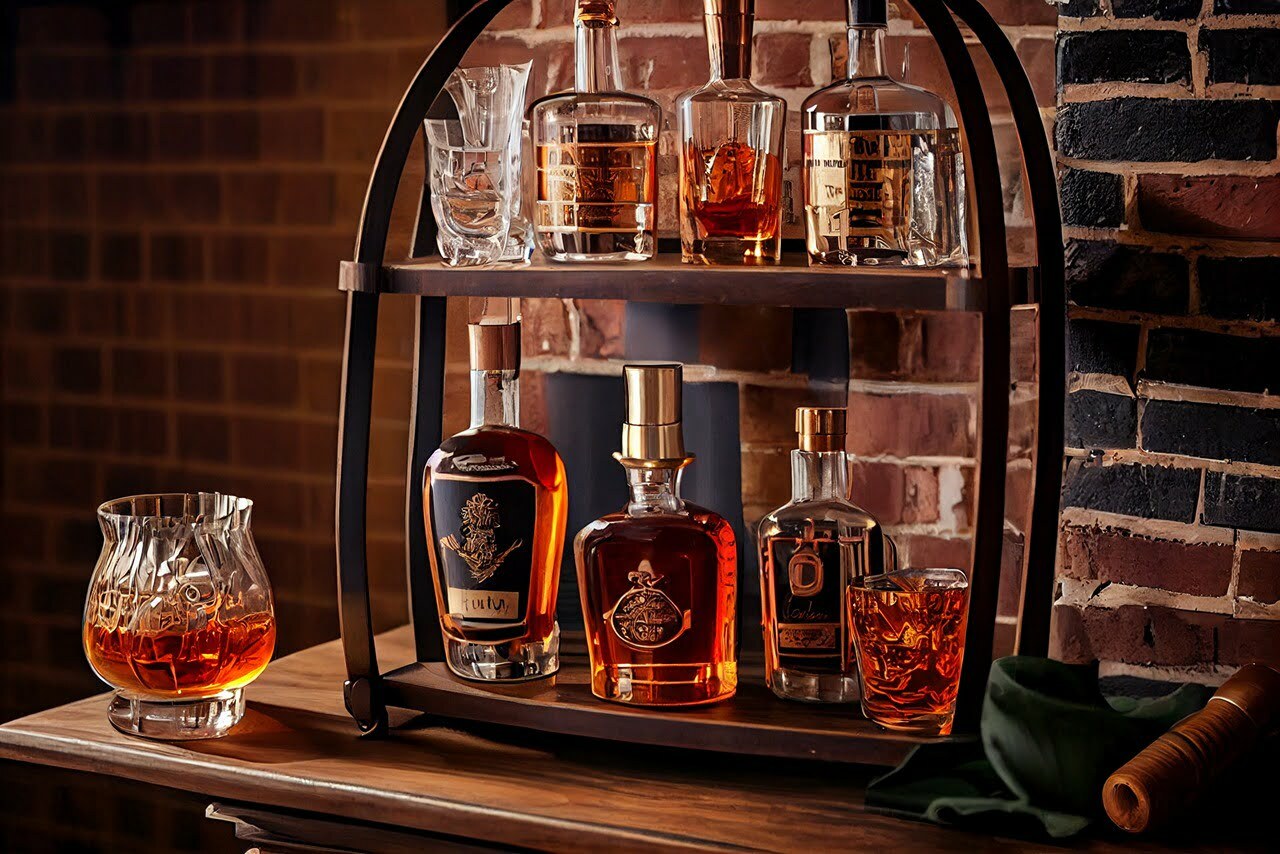

Articles
How To Store Bourbon
Modified: January 20, 2024
Discover expert articles on how to store bourbon properly to maintain its flavor and quality. Learn the best practices for aging and preserving this beloved spirit.
(Many of the links in this article redirect to a specific reviewed product. Your purchase of these products through affiliate links helps to generate commission for Storables.com, at no extra cost. Learn more)
Introduction
Welcome to the flavorful world of bourbon! Whether you’re a seasoned bourbon aficionado or just beginning to appreciate its rich taste and complex character, proper storage is essential to maintaining the quality of this beloved spirit. In this article, we will explore the ins and outs of storing bourbon, from choosing the right bottles to creating an ideal storage environment. So gather your favorite bourbon bottle, pour yourself a dram, and let’s dive in!
When it comes to bourbon, storage is more than just a matter of keeping your bottles out of the way. Proper storage is crucial to preserve the flavor profiles, aromas, and overall quality of bourbon over time. By following the right techniques, you can ensure that each sip of your cherished bourbon remains as delightful as the day you acquired it.
To begin our journey in bourbon storage, we must first understand the importance of selecting the right bottles. Different bourbons have varying characteristics and aging processes, which can significantly impact their storage requirements. So, let’s explore how to choose the best bourbon for your collection and how each bottle’s features can affect its storage needs.
Key Takeaways:
- Elevate your bourbon experience by choosing the right bottles, creating an ideal storage environment, and exploring unique flavors through oak barrel aging. Cheers to preserving the integrity of your cherished bourbon collection!
- Ensure the longevity and quality of your bourbon collection by avoiding common storage mistakes, organizing and labeling your bottles, and implementing adequate security measures. Savor the joy of sipping delightful bourbon with confidence!
Read more: How To Store Bourbon After Opening
Choosing the Right Bourbon
When it comes to storing bourbon, selecting the right bottles is a crucial first step. Bourbon enthusiasts have a wide array of options to choose from, each with its own unique flavor profile and aging process. Here are a few factors to consider when selecting the perfect bourbon for your collection:
- Age: The age of a bourbon refers to the number of years it has been aged in oak barrels. Younger bourbons tend to have a more vibrant and fiery flavor, while older bourbons often boast a smoother and more complex taste. Keep in mind that the aging process will continue even after the bourbon is bottled, so choose an age that aligns with your preferred flavor profile.
- Proof: The proof of a bourbon refers to its alcohol content, which is measured in percentage. Most bourbons range from 80 proof to 140 proof. Higher proof bourbons tend to have a more intense flavor and may require longer aging to reach their peak maturity. Lower proof bourbons, on the other hand, can be enjoyed at a younger age.
- Distillery: Different distilleries have their own unique methods and recipes for producing bourbon. Each distillery has its own distinctive style and flavor profile, so take the time to explore different brands and find the ones that resonate with your taste preferences.
- Bottle Condition: When purchasing bourbon, make sure to inspect the bottle carefully. Look for any signs of damage or leakage that could indicate poor storage conditions. A damaged bottle can negatively impact the quality of the bourbon, so it’s best to opt for bottles that are in pristine condition.
- Limited Edition or Special Releases: If you’re a bourbon connoisseur looking to expand your collection, consider investing in limited edition or special release bottles. These often come in unique packaging and feature rare and sought-after flavors. Keep in mind that these bottles might require special storage considerations due to their rarity and higher value.
By considering these factors, you can create a well-rounded bourbon collection that caters to your taste preferences and storage capabilities. Remember, the key is to choose bottles that you truly enjoy and that align with your desired flavor profiles. Now that we’ve explored how to select the right bourbons for your collection, let’s move on to finding the ideal storage location.
Finding the Ideal Storage Location
Once you’ve carefully chosen your bourbon bottles, the next step is to find the perfect storage location. The right storage environment plays a crucial role in preserving the quality and taste of your bourbon over time. Here are some factors to consider when selecting the ideal storage location:
- Dark and Cool: Bourbon is sensitive to light and heat, which can degrade the flavor and accelerate the aging process. Therefore, opt for a storage location that is away from direct sunlight and heat sources. A dark and cool area, such as a basement or a dedicated cellar, is ideal for preserving the integrity of your bourbon collection.
- Temperature Control: Maintaining a consistent temperature is essential for bourbon storage. The ideal temperature range is between 55°F (12.8°C) and 70°F (21.1°C). Fluctuations in temperature can cause the bourbon to expand and contract, potentially leading to leaks or changes in flavor. Consider investing in a temperature-controlled wine refrigerator or cellar to ensure a stable environment for your bottles.
- Humidity Levels: Proper humidity levels are also important in bourbon storage. Aim for a relative humidity of around 60-70%. Too much humidity can promote the growth of mold and affect the integrity of the corks, while low humidity can cause evaporation and oxidation. Use a hygrometer to monitor and maintain the optimal humidity levels in your storage area.
- Ventilation: Good air circulation is crucial for preventing musty smells and maintaining the quality of the bourbon. Avoid storing bourbon in areas with stagnant air or strong odors. If possible, invest in a storage unit with proper ventilation or consider using a small fan to promote air movement within your storage space.
- Security: Bourbon collections can become valuable over time, so it’s essential to consider security when selecting a storage location. Choose an area that is secure and inaccessible to unauthorized individuals. Locks, cabinets, or dedicated drinks cabinets with a key or passcode entry can help ensure the safety and integrity of your bourbon collection.
By taking these factors into account, you can create an ideal storage location that provides the necessary conditions for preserving the flavor and quality of your bourbon collection. Now that we’ve covered the essential aspects of finding the right storage location, let’s move on to exploring temperature and humidity control in more detail.
Temperature and Humidity Control
When it comes to storing bourbon, temperature and humidity control are two critical factors that can significantly impact the quality and longevity of your collection. Let’s take a closer look at how to ensure optimal temperature and humidity levels:
Temperature: Maintaining a consistent temperature is essential for preserving the flavor and aroma of bourbon. Fluctuations in temperature can cause the bourbon to expand and contract, leading to potential leakage or changes in taste. The ideal temperature range for bourbon storage is between 55°F (12.8°C) and 70°F (21.1°C). Avoid storing your bottles in areas prone to extreme temperature changes, such as near radiators or windows.
If you don’t have access to a temperature-controlled cellar or refrigerator, consider using a cool, dark closet or a basement where the temperature remains relatively stable. You can also place your bourbon bottles in a wine cooler or dedicated whiskey cabinet with adjustable temperature settings.
Humidity: Proper humidity levels are crucial for maintaining the integrity of the corks and preventing evaporation or oxidation of the bourbon. The ideal relative humidity for bourbon storage is between 60% and 70%. Too much humidity can lead to mold growth and damage the labels, while low humidity can cause the bourbon to dry out and affect its taste.
To control humidity, consider using a humidifier or dehumidifier in your storage space, depending on the ambient humidity levels. Monitor the humidity with a hygrometer and make adjustments as necessary to ensure a stable, optimal humidity environment.
Another important consideration for humidity control is the use of a cork or bottle sealant. The cork is essential for maintaining the airtight seal of the bottle. Apply a thin layer of wax or use a high-quality bottle sealant to prevent the cork from drying out and to maintain proper humidity levels within the bottle.
By paying attention to temperature and humidity control, you can ensure that your bourbon collection remains in optimal condition and maintains its unique flavors and aromas. Now let’s move on to the next step: avoiding direct sunlight and heat exposure.
Avoiding Direct Sunlight and Heat Exposure
When it comes to storing bourbon, protecting your bottles from direct sunlight and heat is crucial. Both sunlight and heat can have detrimental effects on the quality and flavor of your bourbon. Here’s why you should avoid direct sunlight and heat exposure:
Light and UV Rays: Exposure to sunlight and ultraviolet (UV) rays can cause chemical reactions in bourbon, leading to undesirable changes in flavor and aroma. UV rays can degrade certain compounds in bourbon, resulting in a “skunky” or unpleasant taste. To prevent this, store your bourbon in a dark area or use tinted glass bottles that offer UV protection.
Heat: High temperatures can accelerate the aging process of bourbon and cause it to degrade more quickly. Heat can cause the bourbon to expand and contract, leading to potential leakage and changes in flavor. Avoid storing your bottles near heat sources such as radiators, ovens, or direct sunlight through windows.
Instead, opt for a cool and dark storage location as discussed earlier. A basement, cellar, or dedicated liquor cabinet away from heat sources is ideal. For added protection, consider using blackout curtains or UV-blocking window films to shield your bourbon from direct sunlight.
If you enjoy displaying your bourbon collection, make sure to choose a location that is well-lit but not exposed to direct sunlight. Consider installing ambient or indirect lighting to showcase the bottles without subjecting them to harmful UV rays.
By protecting your bourbon from direct sunlight and heat exposure, you can ensure that its flavors and aromas remain intact over time. Properly sealing the bottles is another important aspect of bourbon storage that deserves attention, so let’s explore it next.
Store bourbon in a cool, dark place away from direct sunlight and extreme temperatures. Keep the bottle upright to prevent the cork from drying out and store it away from strong odors to avoid affecting the flavor.
Read more: How To Store Bourbon Long Term
Properly Sealing the Bottles
Ensuring that your bourbon bottles are properly sealed is essential for maintaining the quality and freshness of the spirit. A good seal not only prevents leakage but also helps to preserve the flavors and aromas of the bourbon. Here are a few tips on how to properly seal your bourbon bottles:
Cork Closure: Most bourbon bottles come with a cork closure, which provides an airtight seal. Make sure the cork is inserted firmly into the bottle neck to prevent air from entering or escaping. If the cork becomes dry or starts to deteriorate, it may affect the quality of the bourbon. Consider using a wax seal or bottle sealant to provide an extra layer of protection and to maintain proper humidity levels within the bottle.
Screw Cap Closure: Some bourbon bottles come with screw cap closures instead of corks. These closures are typically more airtight and can provide a secure seal. Ensure that the screw cap is tightly closed to prevent any air from entering the bottle. Check for any signs of leakage or damage to the cap and replace it if necessary.
Storage Position: The position in which you store your bourbon bottle can also impact the seal. It’s generally recommended to store bourbon bottles upright rather than on their sides. Storing bottles upright helps to keep the cork or screw cap in direct contact with the liquid, maintaining a better seal and preventing any potential leakage.
Re-sealing Open Bottles: If you have opened a bottle of bourbon and wish to re-seal it for future enjoyment, ensure that the cap or cork is tightly screwed or inserted back into place. Oxygen exposure can affect the flavor and quality of an opened bottle, so minimizing contact with air is crucial. Consider using specialized bottle stoppers or vacuum sealers to further preserve the freshness of the bourbon.
By properly sealing your bourbon bottles, you can protect them from leakage and ensure the flavors and aromas are well-preserved. However, if you’re looking to add an extra touch to your bourbon storage, consider the possibility of aging your own bourbon in oak barrels, as we’ll explore in the next section.
Storing Bourbon in Oak Barrels
While most bourbon is aged in oak barrels by distilleries before bottling, some enthusiasts choose to further enhance the flavors by aging their own bourbon at home. Storing bourbon in oak barrels allows it to undergo additional maturation and develop unique characteristics over time. Here’s what you need to know about storing bourbon in oak barrels:
Choosing the Right Oak Barrel: When selecting an oak barrel for aging bourbon, it’s important to choose one that is specifically designed for spirits. The type of oak used in the barrel, such as American oak or European oak, can influence the flavors and aromas that develop. Additionally, consider the size of the barrel, as smaller barrels tend to accelerate the aging process due to a larger surface area-to-volume ratio.
Preparing the Barrel: Before using an oak barrel, it’s necessary to prepare it to ensure that it is clean and water-tight. Follow the manufacturer’s instructions for prepping the barrel, which usually involves soaking it in water for a specified period of time to swell the wood and seal any leaks. This process helps to prevent the bourbon from seeping out of the barrel and ensures proper aging.
Aging Process: Pour your bourbon into the oak barrel and secure the bung to keep it sealed. During the aging process, the bourbon will interact with the wood, extracting flavors, tannins, and other compounds that contribute to the overall character of the bourbon. The aging time can vary depending on personal preference, but it is generally recommended to taste the bourbon periodically using a whiskey thief or small sample tube to assess its development.
Storage Conditions: When storing an oak barrel, it is essential to recreate a suitable environment similar to traditional bourbon aging warehouses. Keep the barrel in a cool, dark, and slightly humid area to maintain a stable temperature and humidity level. Consider using a barrel rack to keep the barrel elevated and allow for proper airflow.
Tasting and Bottling: Regularly monitor the progress of your aged bourbon by tasting small samples from the barrel. The aging process can vary depending on various factors, including the size of the barrel, temperature, and the bourbon itself. Once the desired flavor and character have been achieved, the bourbon can be bottled and enjoyed.
Storing bourbon in oak barrels can be a rewarding and hands-on experience for bourbon enthusiasts who want to experiment and create their own unique flavors. However, it’s important to note that aging bourbon at home may not be legal in all jurisdictions, and there may be regulations and restrictions in place. Ensure that you comply with the local laws and regulations regarding home distilling and aging spirits.
Now that we’ve explored the option of storing bourbon in oak barrels, let’s move on to the importance of organizing and labeling your bourbon collection.
Organizing and Labeling Your Bourbon Collection
As your bourbon collection grows, it becomes crucial to organize and label your bottles to easily locate and enjoy your favorite spirits. Proper organization and labeling not only add a sense of order but also help you keep track of the age, distillery, and other relevant information about each bottle. Here are some tips for organizing and labeling your bourbon collection:
Categories and Themes: Consider organizing your bourbon collection by categories or themes that make sense to you. This can be based on factors such as the age, distillery, proof, or even flavor profiles. Creating categories helps you quickly locate specific bottles and makes it easier to compare and appreciate the unique qualities of each bourbon.
Shelving or Display: Invest in a dedicated storage unit, such as a whiskey cabinet, shelving system, or display case, to showcase your bourbon collection. Ensure that the unit provides adequate space and support for the weight of the bottles. Consider adjustable shelves or modular units that can accommodate bottles of different sizes and shapes.
Labeling: Labeling your bourbon bottles is an important step in keeping track of your collection. Use waterproof labels or tags that won’t smudge or fade easily. Include key information such as the distillery, brand, age, proof, and any unique notes or characteristics of the bourbon. You can also add your personal tasting notes for future reference.
Inventory Spreadsheet: Maintain an inventory spreadsheet or digital database to track your bourbon collection more comprehensively. Include columns for important details like the bottle name, distillery, year of release, and any other relevant information. This allows you to easily search and filter your collection based on specific criteria and update it as you acquire new bottles.
Safety and Security: If you have valuable or rare bottles in your collection, consider implementing additional security measures. This can include installing locks on your storage unit, using security cameras, or even storing those bottles in a separate, locked compartment. Ensure that your collection is adequately insured and protected in case of any unforeseen events.
Inventory Management Apps: Take advantage of inventory management apps or software that are specifically designed for tracking and organizing your bourbon collection. These apps often provide features like barcode scanning, virtual cellar views, and integration with online databases to automatically fetch information about your bottles.
By implementing these strategies for organizing and labeling your bourbon collection, you can easily navigate your collection, showcase it with pride, and impress fellow bourbon enthusiasts. However, it’s important to be aware of common mistakes in bourbon storage to ensure the longevity of your prized bottles, which we’ll explore next.
Avoiding Common Mistakes in Bourbon Storage
Proper storage is essential for preserving the quality and taste of your bourbon collection. However, there are a few common mistakes that many bourbon enthusiasts make inadvertently. By avoiding these mistakes, you can ensure that your bourbon remains in optimal condition. Here are some common mistakes to avoid:
Excessive Temperature Fluctuations: Fluctuations in temperature can have a detrimental effect on bourbon. Avoid storing your bottles in areas prone to temperature changes, such as near radiators, vents, or windows. Aim for a cool, stable environment with a consistent temperature throughout the year.
Improper Seal: Failure to properly seal your bourbon bottles can result in leakage and exposure to air. Ensure that corks are tightly inserted and screw caps are securely closed. Consider using wax seals or bottle sealants to provide an extra layer of protection. Additionally, store opened bottles upright to maintain a better seal.
Exposure to Light and Heat: Direct sunlight and heat can cause chemical reactions in bourbon and degrade its flavor. Avoid storing your bottles in areas exposed to sunlight or near heat sources, such as windows or ovens. Opt for a dark, cool location, such as a basement or dedicated liquor cabinet, to preserve the integrity of your bourbon.
Poor Humidity Control: Improper humidity levels can impact the quality and condition of bourbon. Too much humidity can promote mold growth, while low humidity can lead to evaporation and oxidation. Maintain a relative humidity of 60-70% and consider using hygrometers and humidifiers or dehumidifiers to monitor and control humidity levels.
Lack of Organization: Failing to organize and label your bourbon collection can result in confusion and difficulty locating specific bottles. Create categories or themes for your collection, label your bottles with important information, and use an inventory spreadsheet or app to keep track of your collection. This will make it easier to find and enjoy your favorite bourbons.
Ignoring Storage Time: Bourbon does not necessarily improve indefinitely with age. Some bourbons may reach their peak flavor after a certain number of years, while others may start to decline in quality over time. Research the recommended aging period for each bourbon and be mindful of how long you store your bottles to avoid diminishing their flavors.
Neglecting Bottle Position: Storing bourbon bottles on their sides can cause potential issues with the cork, leading to leakage and air exposure. Keep your bottles upright to maintain an airtight seal and prevent any potential damage to the cork. This will help preserve the quality of your bourbon over time.
Inadequate Security: If you have valuable or rare bottles in your collection, ensure they are properly secured. Use locks or security measures to protect your collection from theft or damage. Consider specialty insurance coverage for your bourbon collection to provide added peace of mind.
By avoiding these common mistakes in bourbon storage, you can ensure the longevity and quality of your collection. Proper storage techniques will allow you to enjoy your bourbons at their best and savor the unique flavors and characteristics they have to offer.
Now that you have a better understanding of how to store your bourbon correctly, it’s time to raise a glass and toast to the joy of savoring this delightful spirit. Cheers!
Read more: How Many Calories Is A Glass Of Bourbon
Conclusion
As a bourbon enthusiast, proper storage is vital for preserving the quality, flavor, and enjoyment of your collection. By following the guidelines discussed in this article, you can ensure that your bourbons maintain their distinct character over time. From choosing the right bottles to creating an ideal storage environment, each step plays a crucial role in preserving the integrity of your favorite spirits.
Start by carefully selecting bourbons that align with your taste preferences, considering factors such as age, proof, and distillery. Once you’ve curated your collection, find an ideal storage location that provides the right temperature, humidity, and protection from sunlight and heat. Proper sealing of the bottles, whether with corks or screw caps, helps maintain an airtight environment and prevents leaks.
If you’re looking to enhance the aging process further, consider storing bourbon in oak barrels. This hands-on approach allows you to explore unique flavors and create your own personalized bourbon selection.
Organization and labeling are key to easily locating and appreciating your bourbons. Grouping your collection based on categories or themes, properly labeling each bottle, and maintaining an inventory spreadsheet or app help you keep track of your bourbons and share the knowledge with fellow enthusiasts.
Lastly, avoiding common mistakes such as temperature fluctuations, poor humidity control, exposure to light and heat, and neglecting bottle position ensures the longevity and quality of your bourbons. By implementing adequate security measures, you can protect your collection and enjoy the peace of mind that comes with safeguarding your prized bottles.
Now that you have a wealth of information on how to store bourbon correctly, it’s time to embark on your bourbon journey with confidence. Savor each sip, appreciate the complexities of flavor, and share the joy of this beloved spirit with friends and loved ones. Here’s to elevating your bourbon experience and continuing to explore the enticing world of this timeless libation. Cheers!
Frequently Asked Questions about How To Store Bourbon
Was this page helpful?
At Storables.com, we guarantee accurate and reliable information. Our content, validated by Expert Board Contributors, is crafted following stringent Editorial Policies. We're committed to providing you with well-researched, expert-backed insights for all your informational needs.



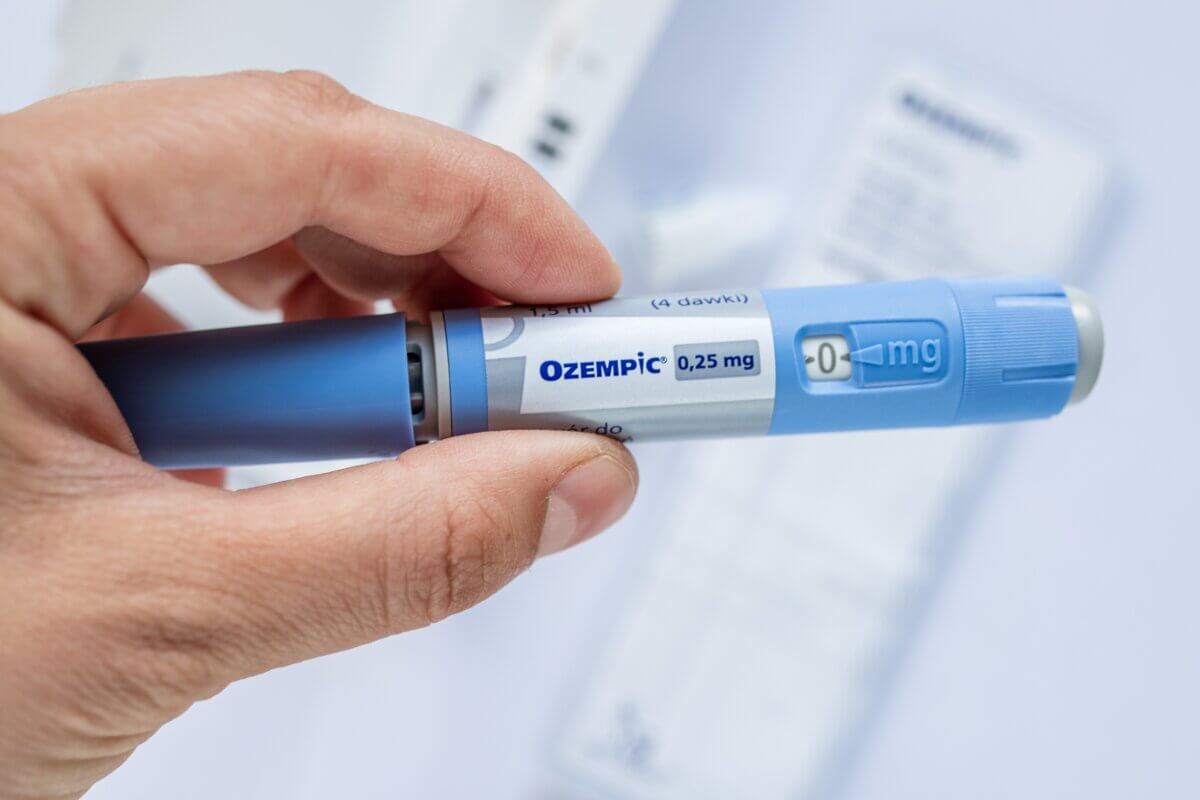
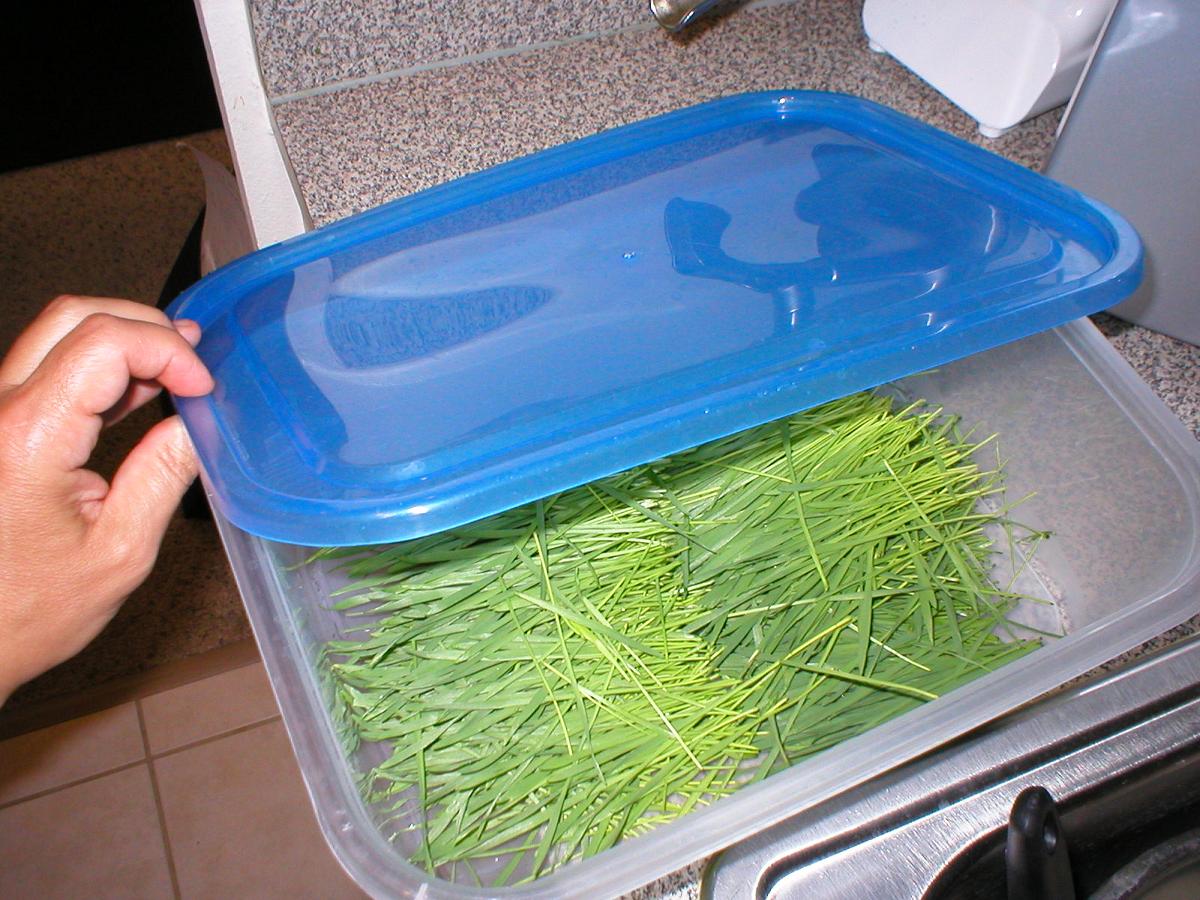
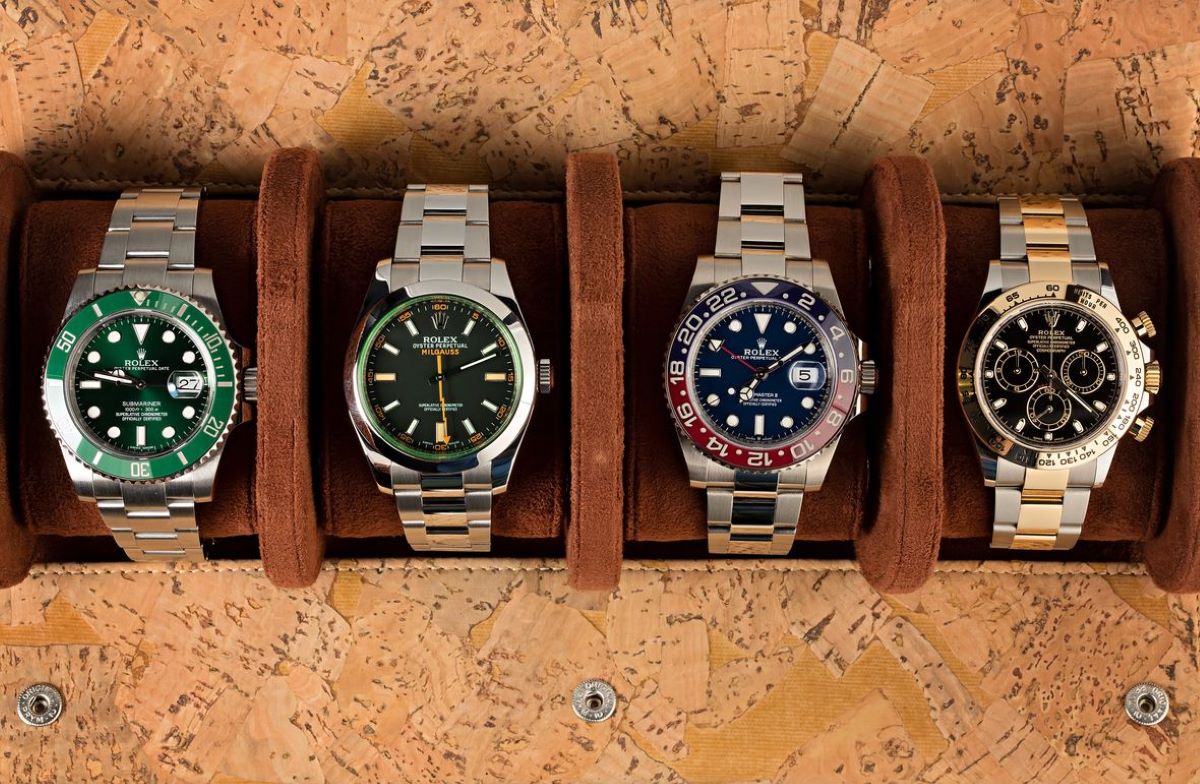
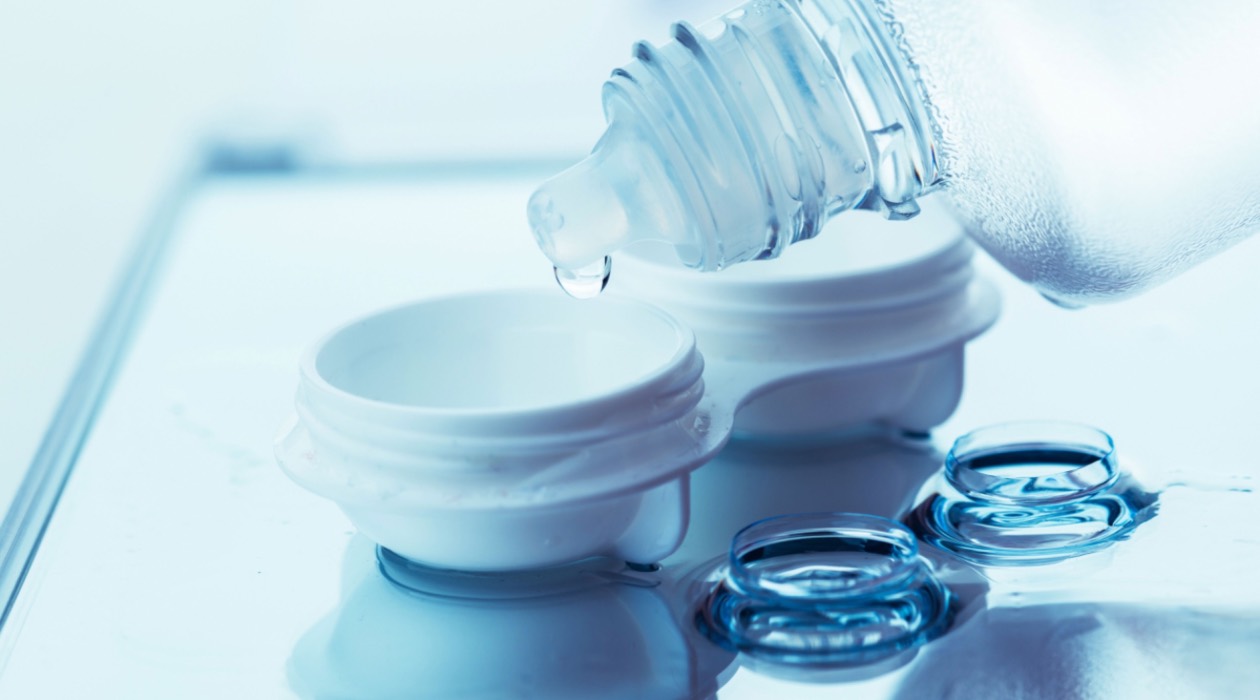

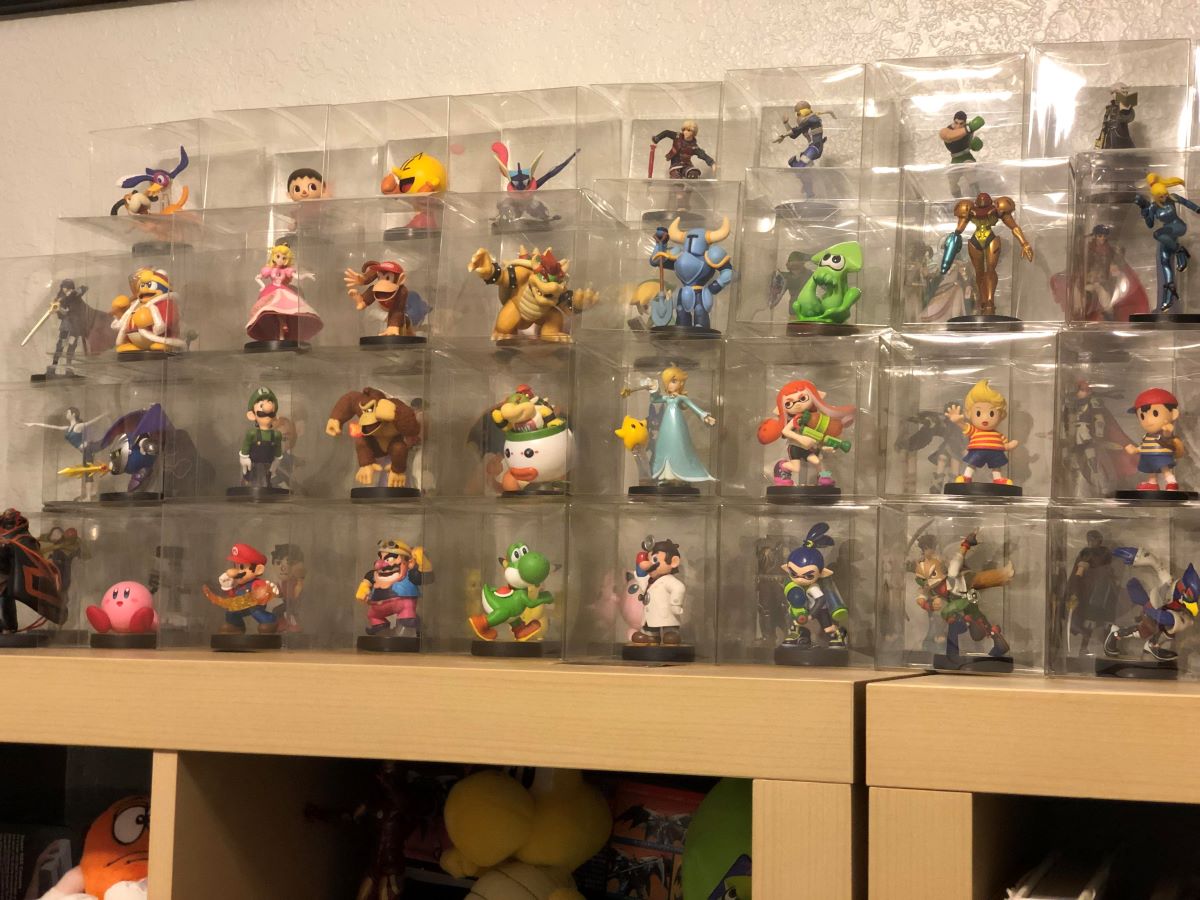
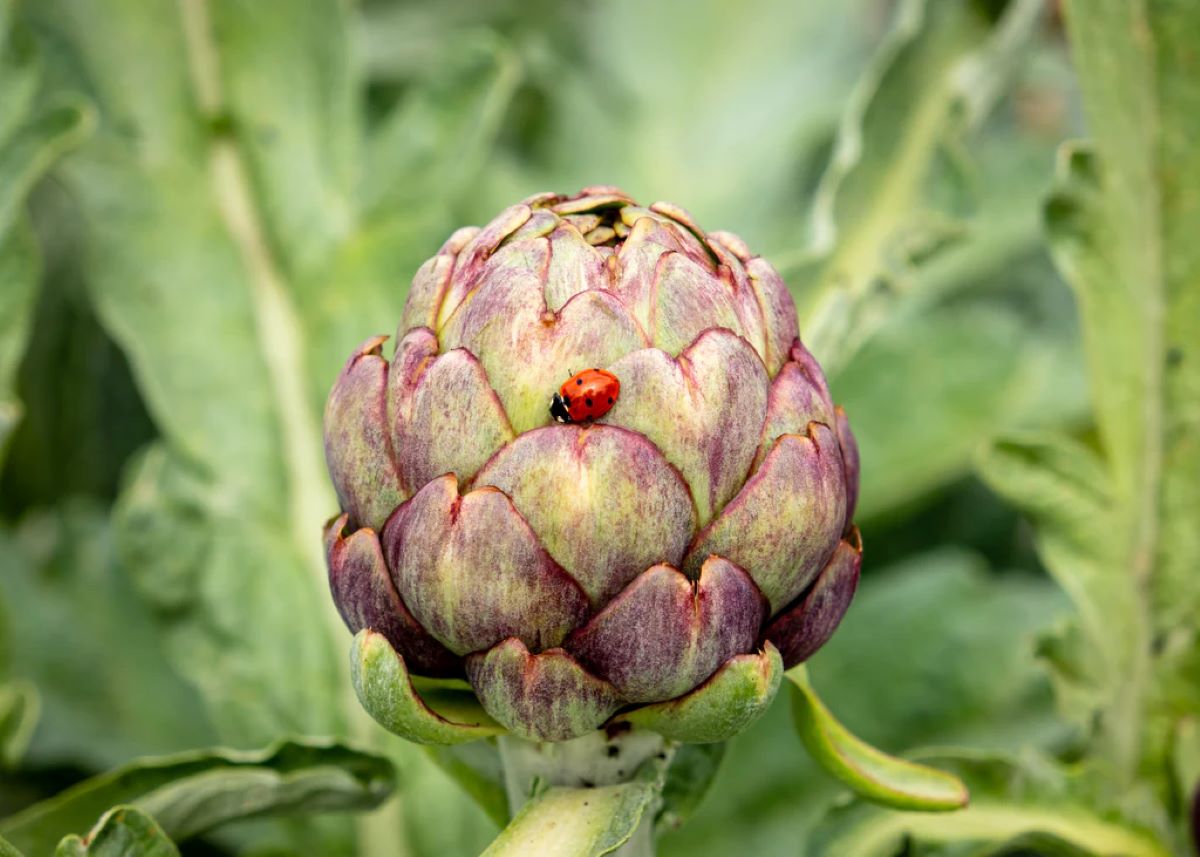
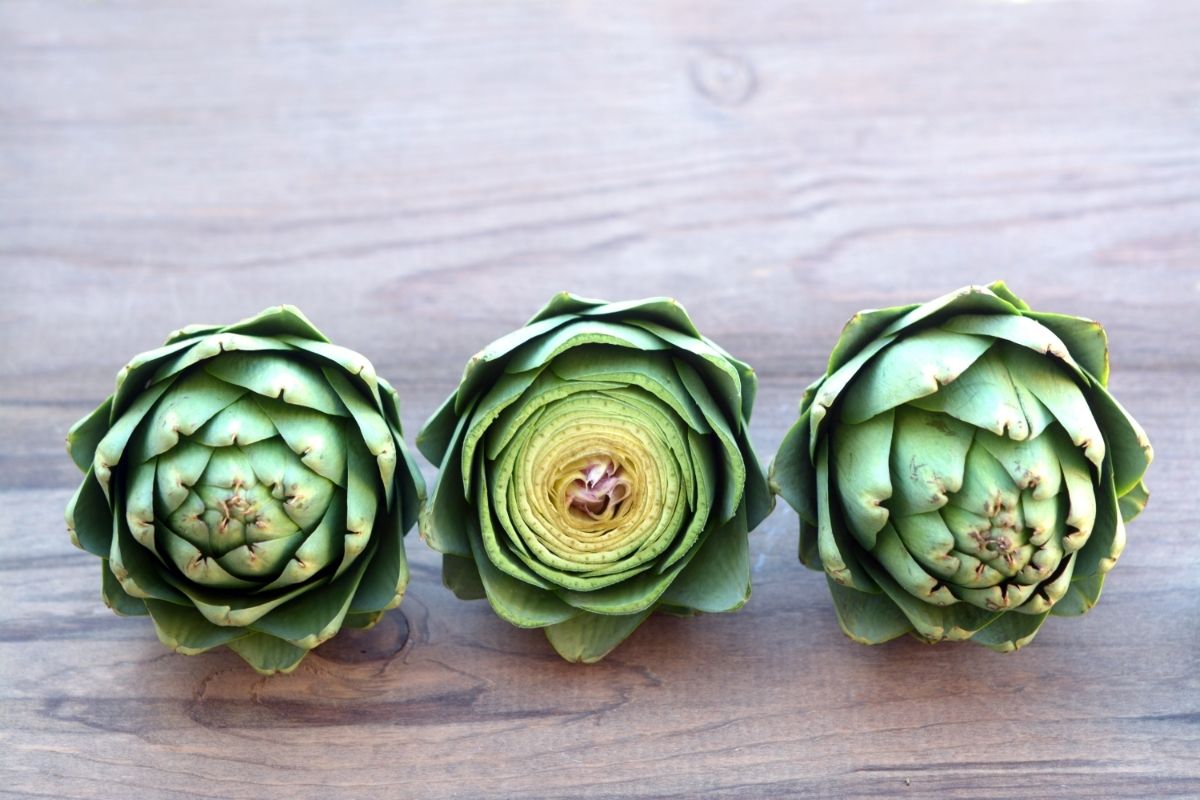
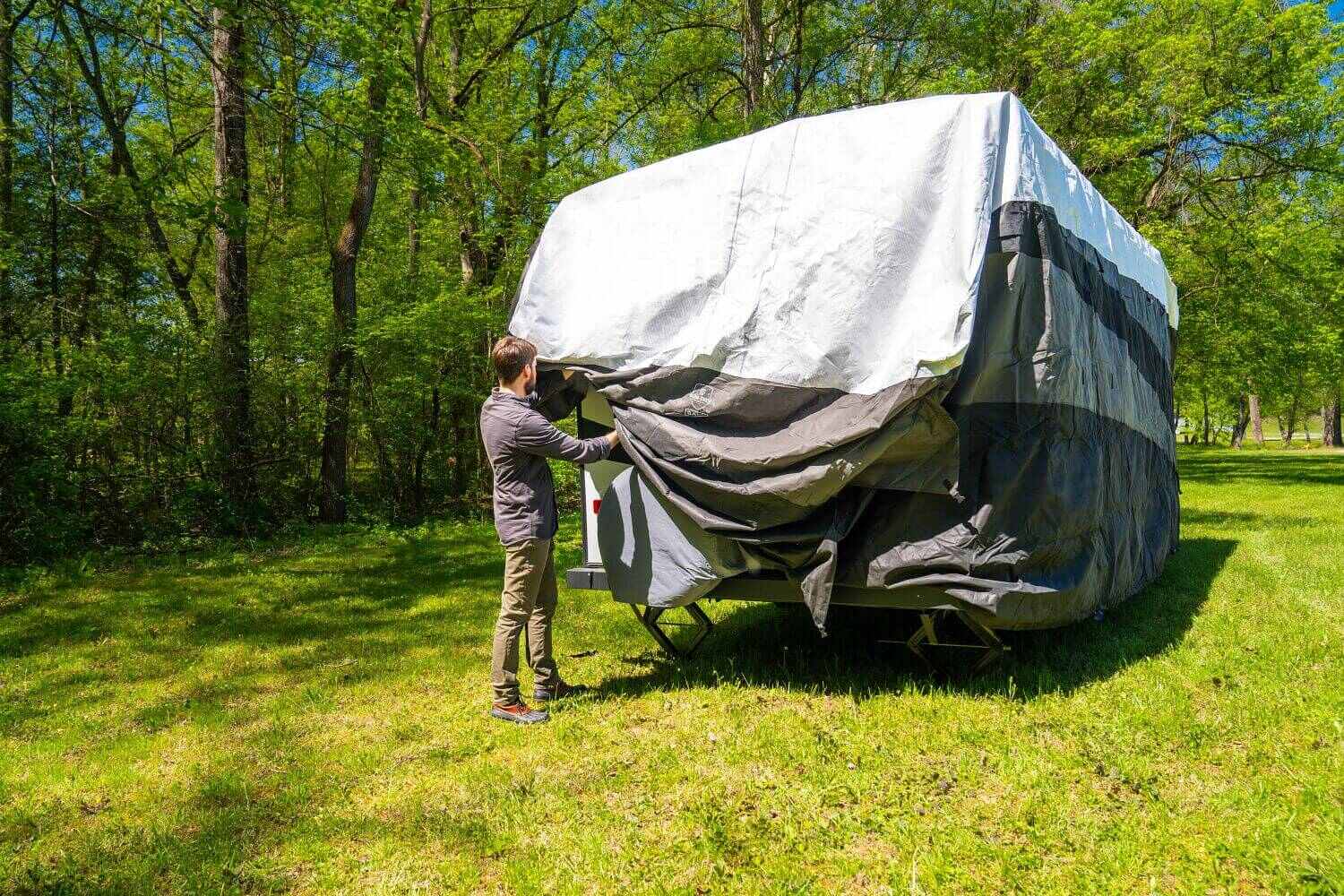
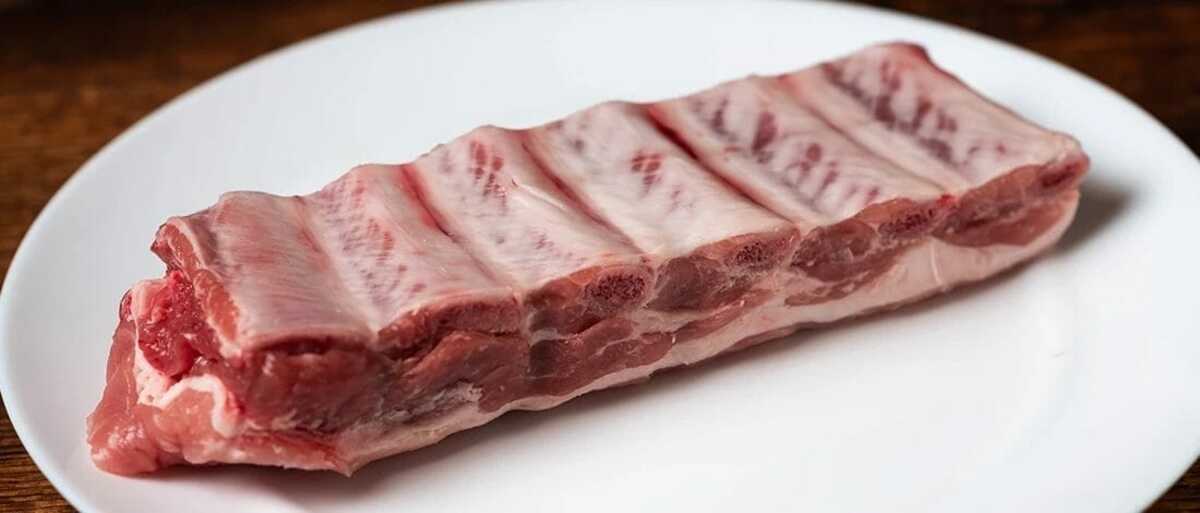

0 thoughts on “How To Store Bourbon”